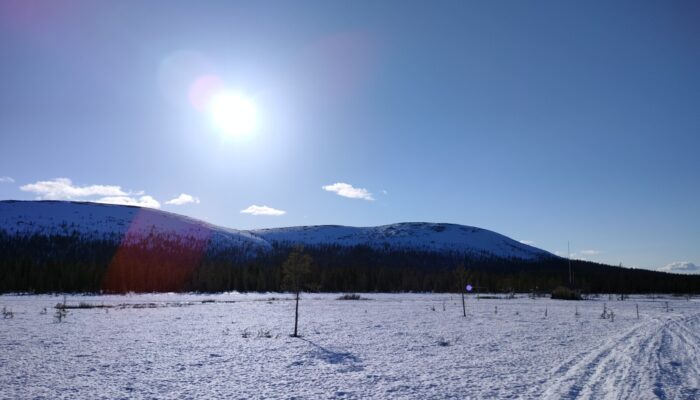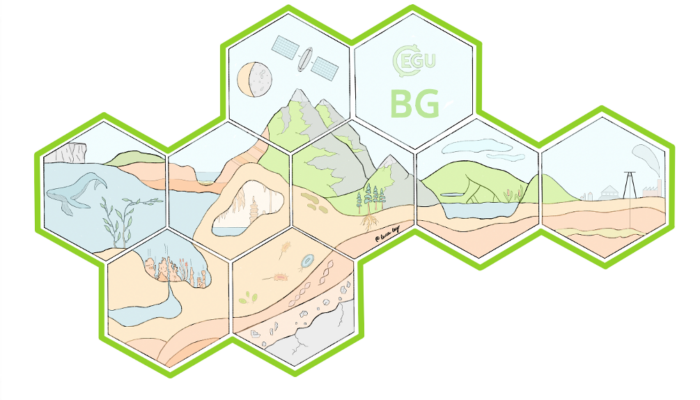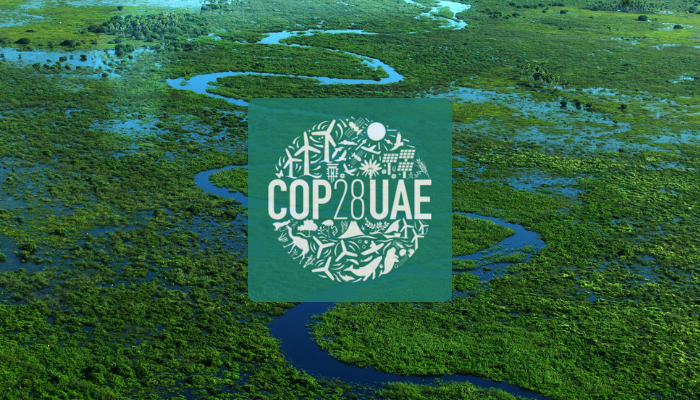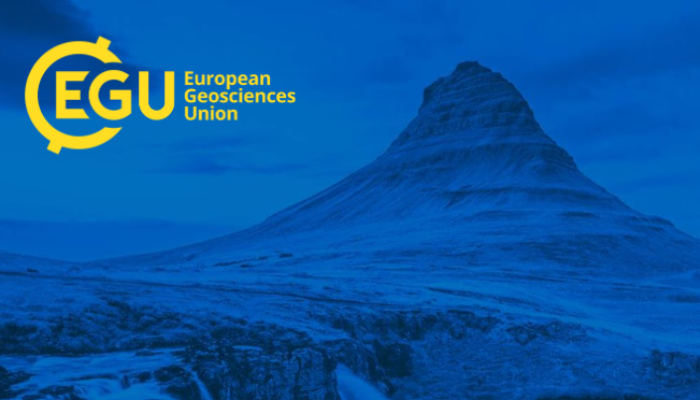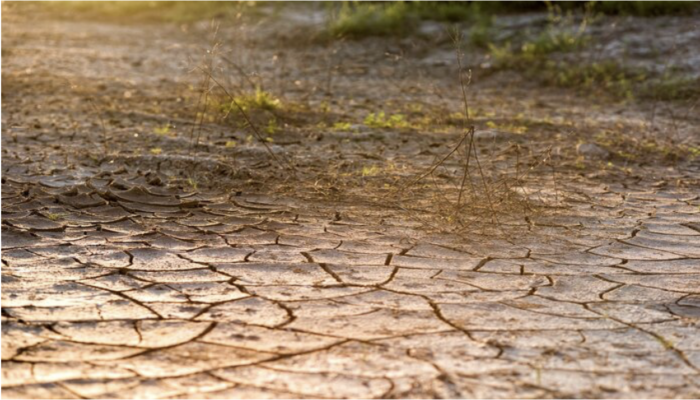The EGU General Assembly 2024 will take place in a few days, on 14–19 April 2024, with more than 19,000 presentations (orals, posters, and PICOs) that will be delivered and viewed both on-site in Vienna (Austria Center Vienna) and virtually (through Zoom & Gather Town). Format news this year: There are two on-site poster sessions per-day. The posters will be set up at the assigned poster board ...[Read More]
Hydrological Sciences
Heads Up: Early Career Hydrologists Highlights at EGU 2024
The upcoming annual EGU General assembly in Vienna is a fantastic opportunity for early career scientists (ECS) to engage with the international hydrological community, present their work, and build their networks. But with the multitude of sessions, events, and lectures, it can be tricky to assemble your personal program – especially if it’s your first time attending EGU. We’ve got your ba ...[Read More]
Cryospheric Sciences
The joy of collecting snow meltwater: a problem-solving hunt for meltwater in Northern Finland
We know that climate change is affecting many aspects of what we have considered “stable” throughout a long period of modern times. One of many impacted and changing factors is snow and thereby also snow meltwater. One way to study meltwater is to trace it by the usage of stable water isotope signals and we plan to use it by asking: Are we underestimating the portions of snow meltwater in differen ...[Read More]
Biogeosciences
Eco-Omics: Harnessing meta-omics to understand the biogeosciences across scales: from the cell to Earth system.
Spatial and temporal changes in environmental conditions over billions of years have driven the evolution of diverse microbial, fungal and plant species that have shaped the ecosystems, atmosphere and climate of our Earth system. Understanding the function and resilience of organisms and our biomes in response to climatic change and their complex feedbacks requires knowledge of its component parts ...[Read More]
Geodesy
Geodesy Division Highlights at EGU24: Your Essential Guide
We have been a bit quiet during March, but that was only for a good reason: to prepare lots of engaging activities and short courses for the EGU General Assembly. So, let’s find out what’s waiting for you at the GA24. But a quick reminder that this is just a small preview of the many other exciting events planned for GA, such as the co-organised short courses and networking activities ...[Read More]
Tectonics and Structural Geology
Geomythology. Chimera: the lion, the goat, the snake and the flaming gas vents
Once upon a time in Lycia there was a land of fire, which burned so bright the light was visible by sailors navigating on the Mare Lycium, who were using the fires as a natural lighthouse. Mount Chimaera in the country of Phaselis is on fire, and indeed burns with a flame that does not die by day or night Those were the words of Pliny the Elder in his Naturalis Historia (2.110). Ancient Lycia is n ...[Read More]
Hydrological Sciences
Empowering ECS Voices in Wetland Conservation: Insights from COP28
In the arena of environmental conservation, the power of youth engagement is gaining increasing recognition as a force propelling positive change. This recognition is particularly evident in the endeavours aimed towards safeguarding our wetlands – crucial ecosystems brimming with biodiversity and providing indispensable services to both humanity and the natural world. At the 28th Conference of the ...[Read More]
Seismology
Seismology Division Events for EGU24
Hello fellow Seismologists! The exciting time of the EGU General Assembly is upon us, and we are looking forward to reconnecting with all of you at EGU24. Through this blog, we would like to bring your attention to the events that are organised by the Seismology Division and ECS Representatives of the Seismology Division during EGU24. Grab your calendar, and make sure to come and meet us on many o ...[Read More]
Geodynamics
EGU General Assembly: Geodynamics Division
The EGU General Assembly is fast-approaching! This week, we interview two members of the Geodynamics Division team – Jeroen van Hunen and Garima Shukla – to hear their thoughts on the upcoming General Assembly. We’re also sharing all of the key events planned by the Geodynamics Division to add to your conference program. The Geodynamics Division at EGU24 As we approach the Genera ...[Read More]
Hydrological Sciences
The water crisis in Bengaluru, India, and its direct link to the degradation of the city’s lake system
In the heart of India’s rapid urban expansion, Bengaluru city’s escalating water crisis reveals a direct connection to the deteriorating health of its lake systems, once the lifeline of this burgeoning city. Bengaluru has an area of about 741 sq km and a population of 13.6 million (2023) and has been historically celebrated as the “city of lakes.” These lakes are interconnected with canals/ ...[Read More]



